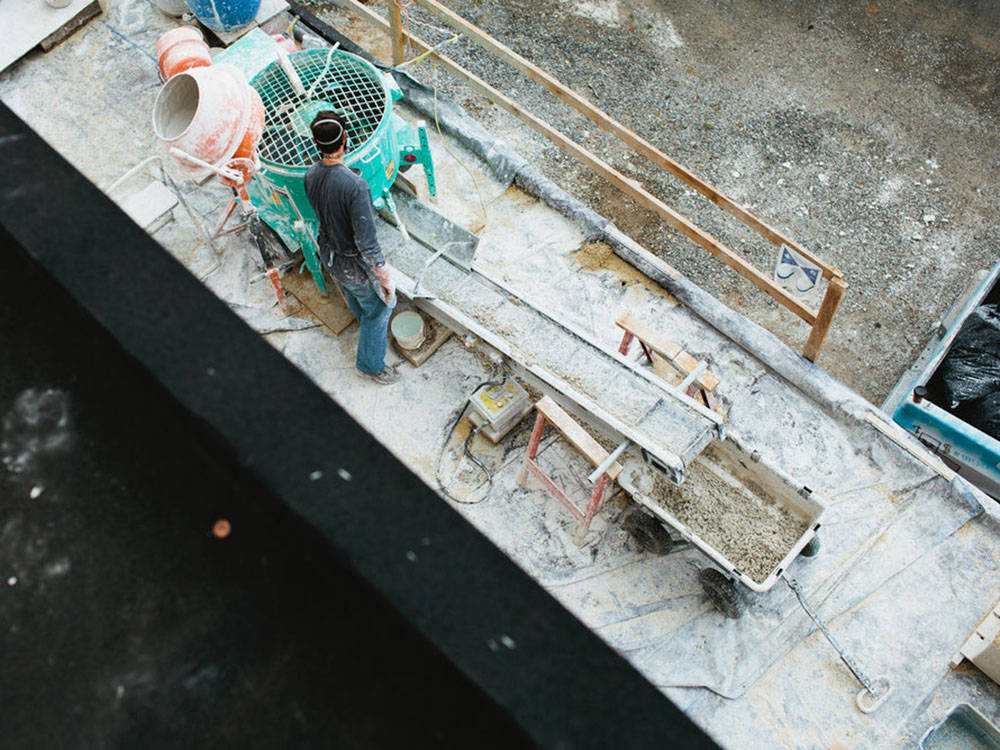I wrote the cover story for the most recent issue of Hemp Magazine:
Though hempcrete is healthier for both a building’s occupants and the planet, high costs and lack of research stand in the way of widespread acceptance.
Hempcrete, a building material made from the woody core of the hemp plant, could revolutionize sustainable architecture and engineering. If, that is, we can overcome a number of frustrating barriers that stand in the way of widespread implementation.
Made from just a few simple ingredients (often just hemp hurds, water, and lime), hempcrete is resistant to numerous hazards, including pests and fire. Hempcrete buildings even become carbon-negative over time as the walls absorb the carbon dioxide that’s exhaled by occupants.
But hempcrete is labor-intensive and can be expensive from a materials perspective. Perhaps because of this, engineers and architects are still reluctant to use it.
That doesn’t mean we should dismiss hempcrete, according to Matthew Mead, founder of Hempitecture. Hempitecture recently completed work on the Highland Hemp House, an ambitious hempcrete retrofit to a home built in 1969 in Bellingham, Washington.
“Every project that’s well executed creates a precedent, and that precedent can be shared,” Mead says.As awareness spreads and engineers learn about the potential of hempcrete, many of the barriers to building with hemp are likely to subside.
This issue is also available at newsstands and Whole Foods stores.
The Walls Blocking Hempcrete’s Acceptance | HEMP Magazine
Though hempcrete is healthier for both a building’s occupants and the planet, high costs and lack of research stand in the way of widespread acceptance. Hempcrete, a building material made from the woody core of the hemp plant, could revolutionize sustainable architecture and engineering.
